Here are the top driving apps for 2020

The UK was home to 38.9 million vehicles by the end of September 2019, with 32 million being cars. The number is rising 1.3 per cent year on year too, so it’s safe to say that we in the UK love a good road trip. But with the nation on lockdown, many of us are […]
Free route optimisation tool from Trakm8 during crisis
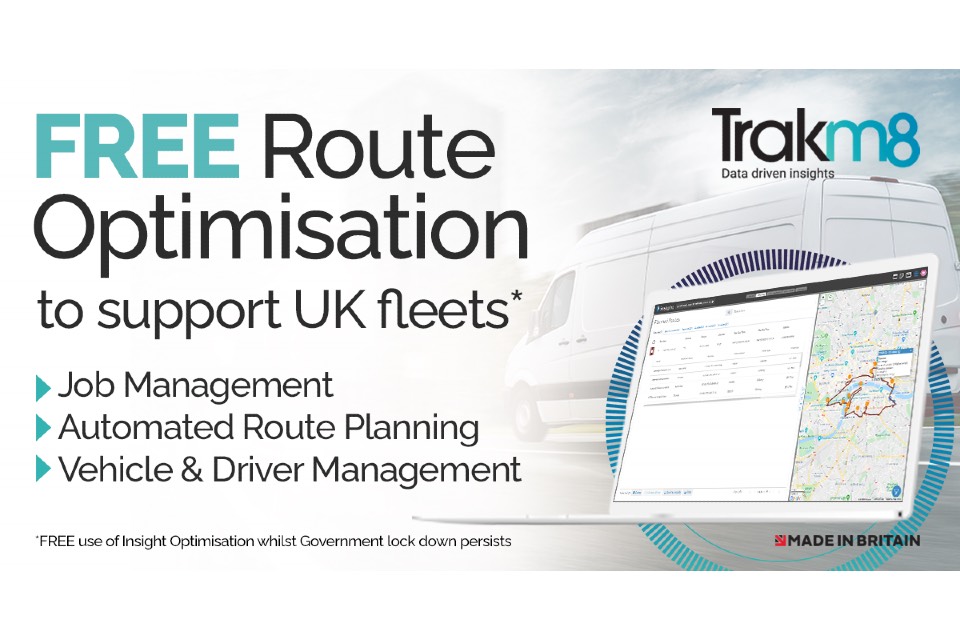
Trakm8, the UK’s recognised leader in the field of telematics, is making its Insight Optimisation platform free for as long as the Government lockdown persists, to support fleets of all sizes during the COVID-19 crisis. Trakm8’s solution is a British designed and built SaaS product, developed to support British business and is aimed at small and […]
Edgars Water slashes fuel bills and idling time while cutting instances of dangerous driving to zero with Lightfoot
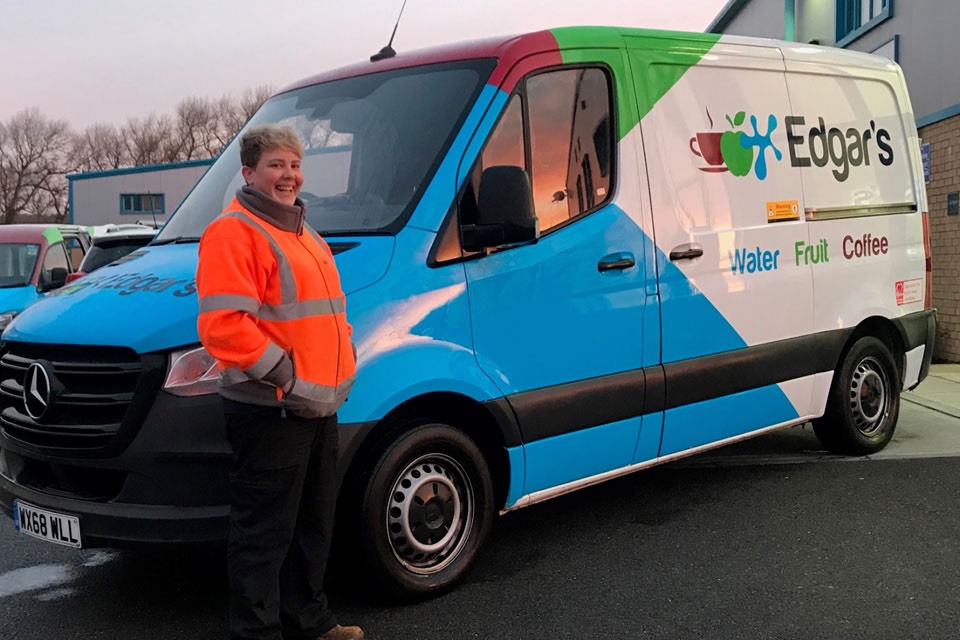
Edgars Water, one of the largest suppliers of hydration solutions in the UK, has announced the successful installation of Lightfoot’s award-winning in-cab technology across its fleet of 60 vans. Using Lightfoot’s unique driver rewards platform, Edgars Water has seen a significant drop in its fuel bills with an MPG uplift of 6.3%, a fall in […]
Smart technology and its impact on the auto industry
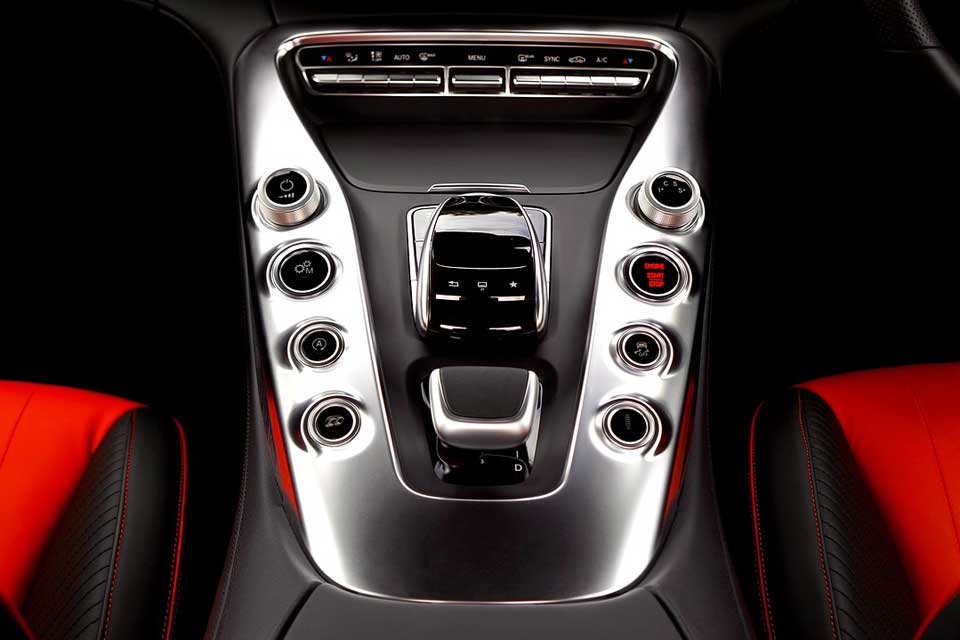
Technology continues to impact on our everyday lives with all major industries striving not to be left behind when it comes to tech advancement. The automotive industry has witnessed huge advancements over the years, for example, in-car Bluetooth systems, dash-cams, and key finders. But what might be next on the agenda? Smart technology predictions for the […]
RAC Advance, now with integrated dashcam
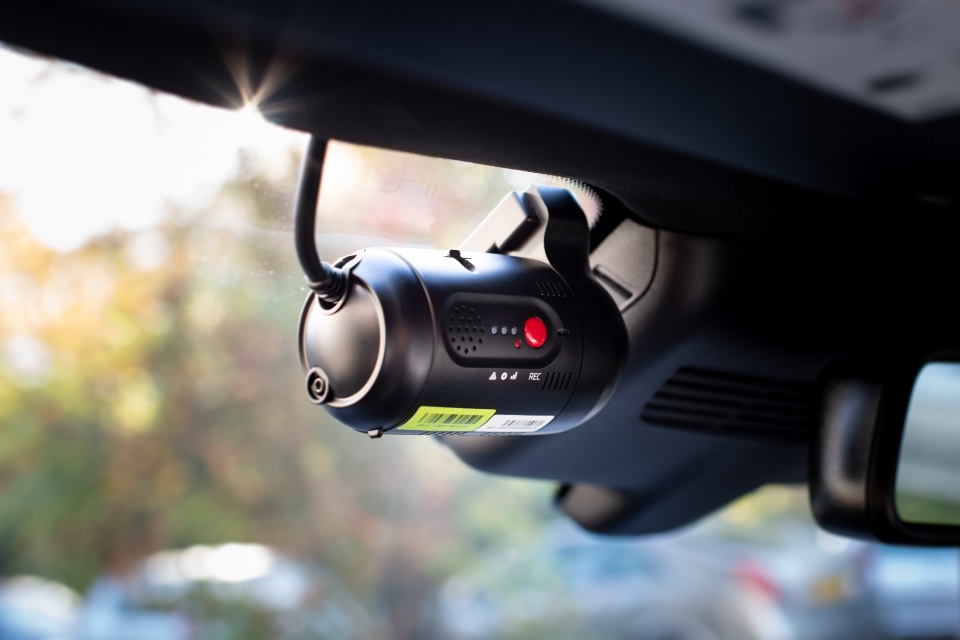
By RAC RAC Advance combines market-leading technology with a level of service that provides complete peace of mind for the driver and fleet manager. The telematics unit includes patented crash detection technology, tested by the Transport Research Laboratory, giving a 92% accuracy result, eliminating false positives even at low speed. By monitoring both acceleration and […]
The key innovations driving today’s mobile workforce into the future

By Derek Bryan (pictured), Vice President EMEA, Verizon Connect In a hyper competitive market, enterprises across every sector are looking for any advantage to get ahead of the competition and meet customers’ expectations. Innovation has become central to success, particularly for enterprises that rely on a mobile workforce. Mobile workforce management has come a long […]
Battle for vehicle tech intensifies as digital giants wade into market
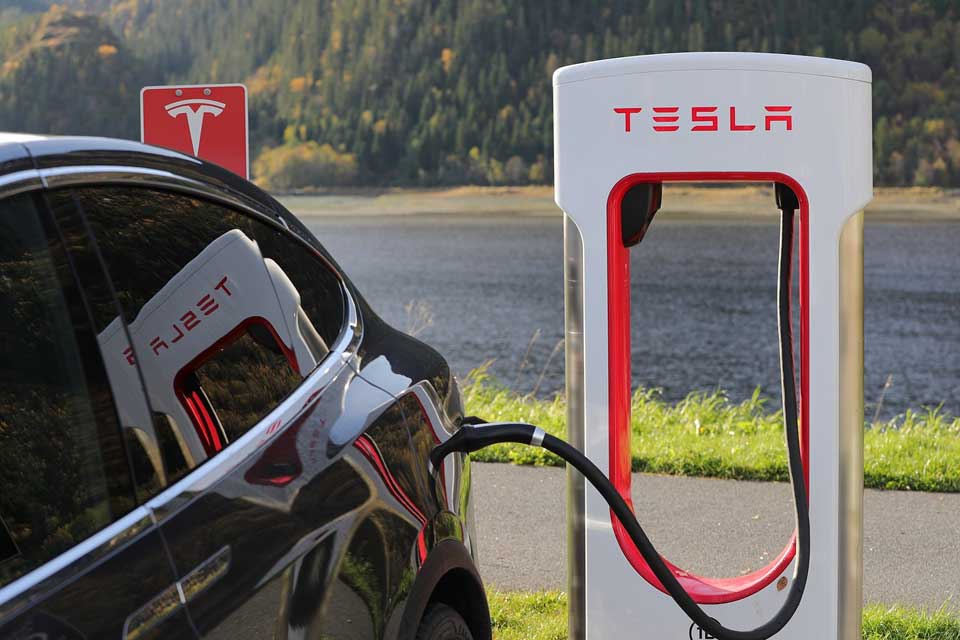
Europe was the most active autotech M&A market in 2018 with 39% of deal activity, ahead of North America and APAC, yet accounted for only 7% of total global M&A transaction value. The latest research from GP Bullhound reveals M&A activity in autotech across Europe, Asia and North America has steadily increased in the last […]


